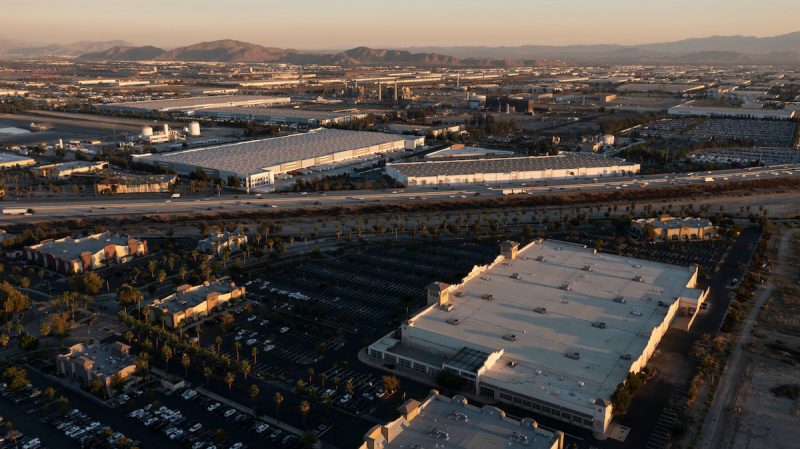“When trade stops, war comes.”– Jack Ma
Drawing parallels from James Gleick's book Chaos: Making a New Science, this quote underpins the unpredictable chaos theory inadvertently discovered by Edward Lorenz at the Massachusetts Institute of Technology in 1961. Lorenz's work showed that “many systems, like the weather and the economy, can never be accurately modeled over any meaningful time frame” – a reflection upon the unpredictability of even the most seemingly controlled systems.
Doomberg1 elaborates on this idea, pointing out that few could have predicted that Jeff Bezos's venture into online book sales during the 1990s would reshape the infrastructure of Southern California, creating what's now known as the "Amazon Effect". The Los Angeles Times mentions, “E-commerce has created a world where... the contents of packages probably came from a warehouse in the Inland Empire.” This region now houses warehouses covering over 1.5 billion square feet of land, with an additional 170 million square feet in the planning or construction phase.
The Port of Los Angeles has seen a considerable increase in container traffic over the past four decades, indicating the region's growing economic importance. Yet, this network of warehouses around Los Angeles has become vulnerable due to environmentalists challenging their construction and operations. As Doomberg questions, "What unintended consequences might arise from hamstringing the humble warehouse?"
The city of Pomona, which lies in close proximity to the Port of Los Angeles, serves as a case study. Despite its vital economic importance, Pomona's City Council has been putting stringent restrictions on warehouse construction. As a June update reads, “Pomona leaders have extended the city’s nearly year-old ban on new warehouses... prohibiting such developments through the end of 2023.” This, along with the proposed legislative constraints on warehouse placements in the Inland Empire introduced by Democratic Assembly Majority Leader Eloise Gómez Reyes, showcases the resistance these warehouses face.
Further complications arise as California is also pushing for an aggressive transition from diesel trucks. State regulators have approved a plan which bans the sale of new diesel big rigs and buses by 2036, an ambitious goal that's even ahead of federal standards. Surprisingly, despite the increase in truck traffic, regional air quality has improved significantly due to stringent pollution control measures.
However, as Doomberg notes, there's an undercurrent of uncertainty. Warehouses in California have been vital for the commercial real estate market. Any disruptions to this industry could exacerbate the issue of non-performing loans, potentially leading to a larger banking crisis. Additionally, these regulations could inadvertently result in increased truck traffic on California's highways as businesses seek operational workarounds. In the long run, these policy shifts could also have inflationary implications, influencing the broader value chain.
In essence, the unfolding "war on warehouses" serves as a microcosm of the unpredictability of non-linear systems – where well-intentioned policies can have unforeseen repercussions. As various pressures converge upon the warehousing and logistics sector in California, it's a reminder of Lorenz's Butterfly Effect, reinforcing the idea that even small changes can lead to drastic outcomes. Doomberg fittingly concludes, urging us to brace ourselves, as this issue is likely to dominate discussions in the near future.
Footnotes:
1 Adapted from source: Doomberg. "Warehouse Wars." Doomberg, 9 Aug. 2023, doomberg.substack.com/p/warehouse-wars
2 Photo credit: Adobe Stock - Sunset aerial view of the industrial core of downtown Rancho Cucamonga, California, USA.
By Matt Gush














